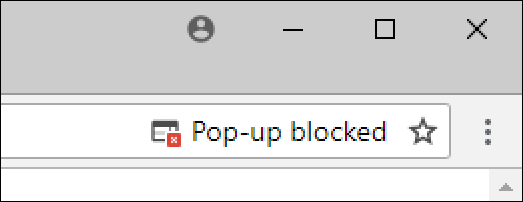
Here we select "Site Settings", then we find the "Content" subsection.Go to the section "Privacy and security".Open Chrome, click the icon with three dots at the top right, open "Settings".If you need to hide ads on a certain resource, we act as follows: Disable pop-up windows in Google Chrome on all sites For a specific portal Here you can block pop-ups for all sites, as well as configure exceptions. Scroll down to the "Content" section, in it select the item "Pop-ups and redirects"Ĭustomize the display of content in Google Chrome.In the menu on the left we find the item "Privacy and Security", in which we select the line "Site Settings".In the menu that opens, select the "Settings" item.Open the browser and click the icon with three dots at the top right.Click Close to close the Pop-up Blocker Settings dialog box.The selected website is added to the list of Allowed sites. Copy and paste into Address of website to allow field.The Pop-up Blocker Settings dialog box opens. From the Tools menu, select Pop-up Blocker → Pop-up Blocker Settings.Microsoft Internet Explorer 10/11 (Windows 7/8) The selected webpage is added to the list of Allowed Sites. Copy and paste into Address of website field, then click Allow.



You can use a keyboard shortcut: shift-K. To block pop-ups once again, check Block pop-up windows in the Safari menu.From the Safari menu, ensure the Block pop-up windows option is not checked.Pop-ups are either blocked, or they are not. Safari for OS X has no per-website control over blocking pop-ups windows. While this may eliminate unwanted or bothersome pop-up windows, the feature sometimes can impede the functionality of legitimate or useful websites.įollow the instructions below to configure your web browser to allow pop-up windows for your selected websites. Most web browsers include a feature to block pop-up windows.


 0 kommentar(er)
0 kommentar(er)
